What does watermelon radish look like and how to grow it?
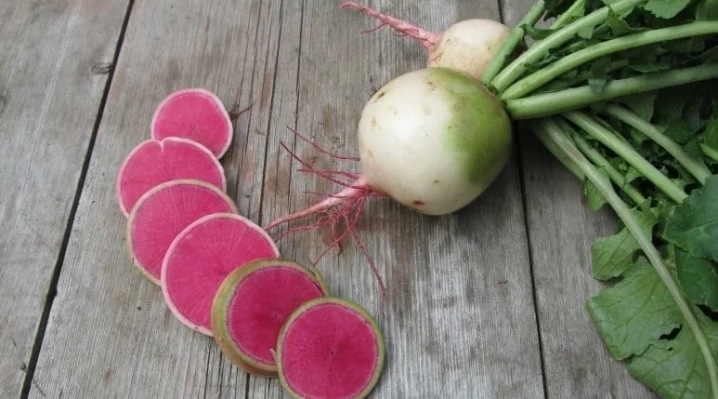
The watermelon radish is a special newly developed hybrid vegetable. It turned out as a result of crossing a radish and a simple radish. Today we will talk about the main features of such a culture.
general description
This hybrid is white on the outside with a green tint, but in the cut it resembles a seedless watermelon. The color of the pulp is intense pink. Sometimes inside it is bright red or purple. Root crops are round in shape. Their diameter, as a rule, reaches 7-8 centimeters.
This type is considered less juicy compared to the regular radish. Ripe fruits have a rich taste; closer to the middle, it becomes slightly bitter. But around the edges, the vegetable is pretty sweet. The peel on the vegetables will taste bitter, as it contains a little mustard oil.
Watermelon radish boasts a fairly high yield level. About 10 kilograms of ripe fruits can be harvested from one square meter of area.

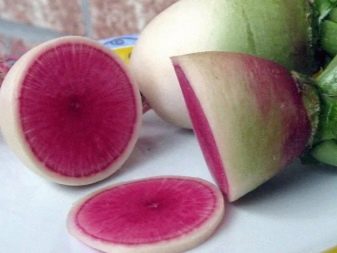
This variety ripens quickly enough. Suitable for consumption are not only the fruits themselves, but also their young foliage. They can be added to salads, cold soups. Also, this vegetable is often baked, turned into nutritious and healthy puree. In a stewed form, it can be served with meat and fish.
Ripe watermelon radish has a rich composition. It contains a large amount of phosphorus, iron, magnesium, sodium, vitamins, niacin. The use of this product will increase immunity, improve the functioning of the whole organism as a whole.
The root crop of such varieties has a particularly positive effect on the functioning of the digestive system. Still, you should not use watermelon radish for those who have stomach ulcers and high acidity. After all, such a vegetable will irritate the mucous membranes.
It is recommended for people who suffer from various diseases of the cardiovascular system. The calorie content of the radish is only 20 calories per 100 grams, so it can be eaten by those who want to lose weight.
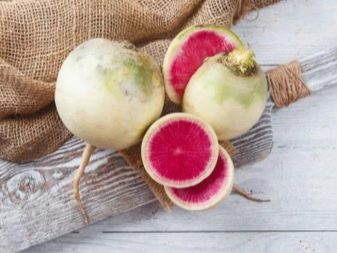

Landing
Now we will take a closer look at how to plant this kind of radish. The first time such a vegetable should be sown at the end of April - mid-May. The second time this is done in July, and the third time in August. Remember that the plant achieves its greatest yield in temperate regions.
Seed material should be planted on prepared soils. This radish will grow well both outdoors and in greenhouses. It is best to plant it on sandy loam and loamy soils. If the soil is too acidic, then dolomite flour is added there. Simple lime is also suitable for this.
It is best to plant such a crop in places where potatoes or cucumbers had previously grown. At the same time, it is not recommended to plant it after cabbage, beets and carrots. It is worth choosing only well-lit areas, protected from the winds.
Immediately before planting, the seed will need to be soaked for 24 hours. They should be placed in a cool liquid so that they can swell enough.

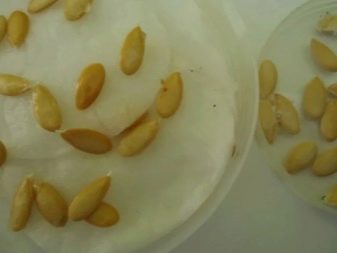
Garden beds for watermelon radish need to be prepared in the fall. In this case, the soil will already have time to be well saturated with fertilizers, all the mineral components will have time to dissolve in the ground.
The soil must be dug up to a depth of about 30-35 centimeters. Organic fertilizers are immediately applied there. You can use compost (there is one full bucket of such a component per 1 sq. M.).Also, many gardeners use top dressing, which contains phosphorus and potassium.
On the prepared beds, furrows are first formed. Their depth should be about 3-5 cm. Remember that the distance between adjacent holes should be at least 10 cm. A little superphosphate must be thrown into each of them. From above, all this is lightly sprinkled with earth.
Place 2 small seeds in the holes made. All this is covered with soil mixture. Then the crops are well watered with settled water. All this is covered with a covering material. You can use plain plastic wrap. Seedlings should appear in 3-5 days.
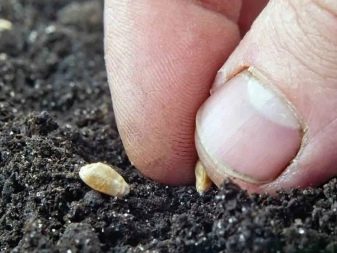
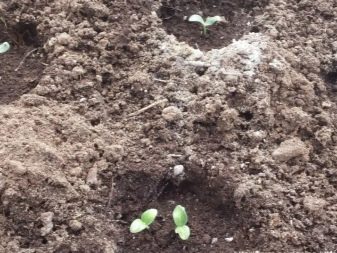
Care
To get a good harvest, it is necessary to properly care for such a hybrid crop.
Watering
Watermelon radish should be watered only with clean and settled liquid. At the same time, you can add a nutrient solution with ash to the beds, it will act both as top dressing and as irrigation. There is one glass of ash for one bucket of water.
The culture must be watered through a watering can with a nozzle. Moisturize it once a day. If the summer weather is too hot, then the procedure is carried out immediately twice a day: in the morning and in the evening. If there are heavy rains, then it is performed a couple of times a week.
It is also recommended to wet the vegetation about 4-5 hours before harvesting. For 1 sq. m plantings should have an average of 10-15 liters of water. Remember that with excessive moisture, watermelon radish will be affected by various fungal diseases.
Immediately after the procedure, the areas between the individual rows must be mulched; you can use both organic and inorganic mulch for this.

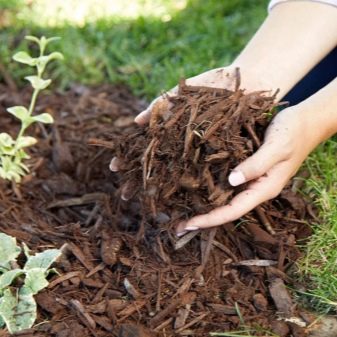
Top dressing
Also, such a radish will need different feeding.
- Potassium. In this case, potassium sulfate can be used. For 1 square meter of earth there will be about 10 grams of such a substance. It is introduced in the process of digging up the earth.
- Nitrogen. In this case, you can take saltpeter (there are 15 grams of substance per 1 square meter). You can also use urea. Nitrogen is best applied a couple of weeks before sowing.
- Phosphorus. Most often, superphosphate is used to saturate the soil with phosphorus. It is recommended for use in the fall.
Do not forget that watermelon radish is an early ripening variety, so it can negatively react to an excess of organic and mineral components.

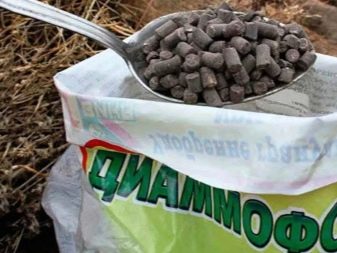
Diseases and pests
This radish can be affected by various pests.
- Cabbage fly. This parasite gnaws at the foliage of the crop. Most often, homemade medicinal formulations are used to combat it. The best option would be a solution with ash, with ammonia. The treatment is carried out by simple spraying.
- Wireworm. This parasite is a larva of fiber beetles. An orange worm bites into the fruit, forming a large number of long moves in them. When a wireworm appears, it is necessary to immediately remove and burn all the weeds around, since it is in them that such pests live.
- Cruciferous flea. The insect feeds on vegetation juices and is able to gnaw out areas on leaf plates. To get rid of the cruciferous flea, dry pollination can be used, it is carried out with a mixture of lime and ash. Instead of the latter, you can add just tobacco dust. You can also use infusions with various components (tomato or potato tops, wormwood, dandelion, garlic, laundry soap, vinegar).
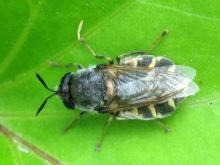
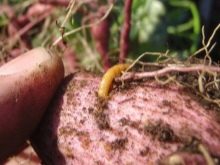
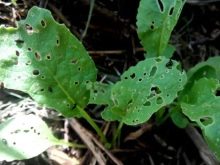
In addition, this radish sometimes gets sick.
- Blackleg. This disease is quite common. When damaged, the base of the radish begins to darken. The stem becomes much thinner over time. In the future, young shoots die. A black leg develops due to excessive humidity, sudden changes in temperature.To fight, you should disinfect the soil. For these purposes, a solution with bleach is used.
- Keela. This disease of the root system most often occurs in too acidic soil. Round seals appear on the roots of plants. They gradually begin to darken and rot. As a result, the culture ceases to grow and develop altogether. To overcome the disease, the soil should be disinfected; bleach is used for this.
- Downy mildew. The disease affects roots and foliage. Oily yellow spots can be seen on the leaves. Also, over time, a gray bloom will begin to appear on them. If you do not start treatment on time, the leaf plates simply die off. Most often, downy mildew appears due to abundant and prolonged precipitation. To prevent its appearance, it is necessary to warm up all the seed material in advance, process it in running cool water and dry it thoroughly.
- Fusarium. With this disease, the root collar, roots and base are affected. Over time, the stem begins to darken, the foliage turns yellow and falls off. Root crops eventually grow very deformed. To avoid the development of fusarium, it is necessary to make regular watering, disinfect the soil around the vegetation.
- Gray rot. Most often, gray rot affects the radish during germination. A gray bloom with small black dots appears on the culture. Further, the foliage begins to die quickly. The disease develops due to excessive moisture levels. It can also appear due to harmful plant precipitation that was not removed from the site in time. All contaminated parts must be removed immediately and completely incinerated. After that, the radish is sprinkled with ash.
- White rot. The disease develops during the vegetative period or during storage. A white fluffy bloom forms on root crops. Later they start to rot and die. White rot occurs most often due to high humidity. In case of infection, you need to carry out all the same measures as for infection with gray rot.
- Fomoz. This disease is also called dry rot. When lesions appear, white spots with small dark dots appear. The plant gradually becomes rotten, weak, later it simply dies. Phomosis develops due to high humidity and temperature. It can also appear during the storage of root crops. In order to prevent it, you need to carefully process the seeds before planting.
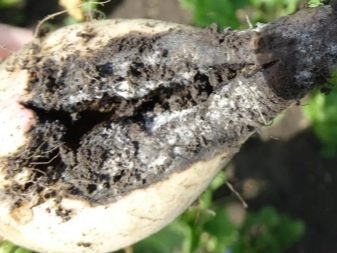
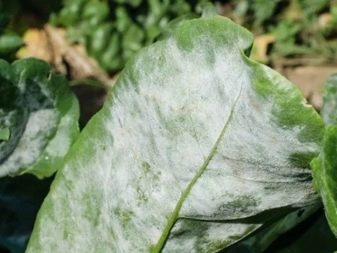
Harvesting and storage of crops
In the summer, the crop must be harvested gradually, in several steps, as the root crops mature. If you overexpose such a radish, then it will simply lose all its taste. A void will begin to form in the pulp.
By the beginning of the autumn season, it is necessary to completely clear the area of root crops. It is impossible to hold out the harvest before the onset of frost. Collection should be carried out only in dry and clear weather.
After removing the vegetables from the soil, they are left to dry.
It is recommended to store this type in a cool place. In this form, root crops can survive for several months. But at the same time, they must be sorted out regularly.
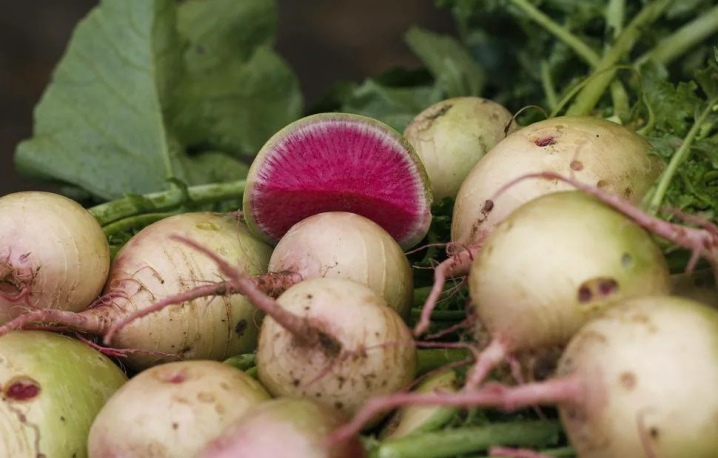













The comment was sent successfully.